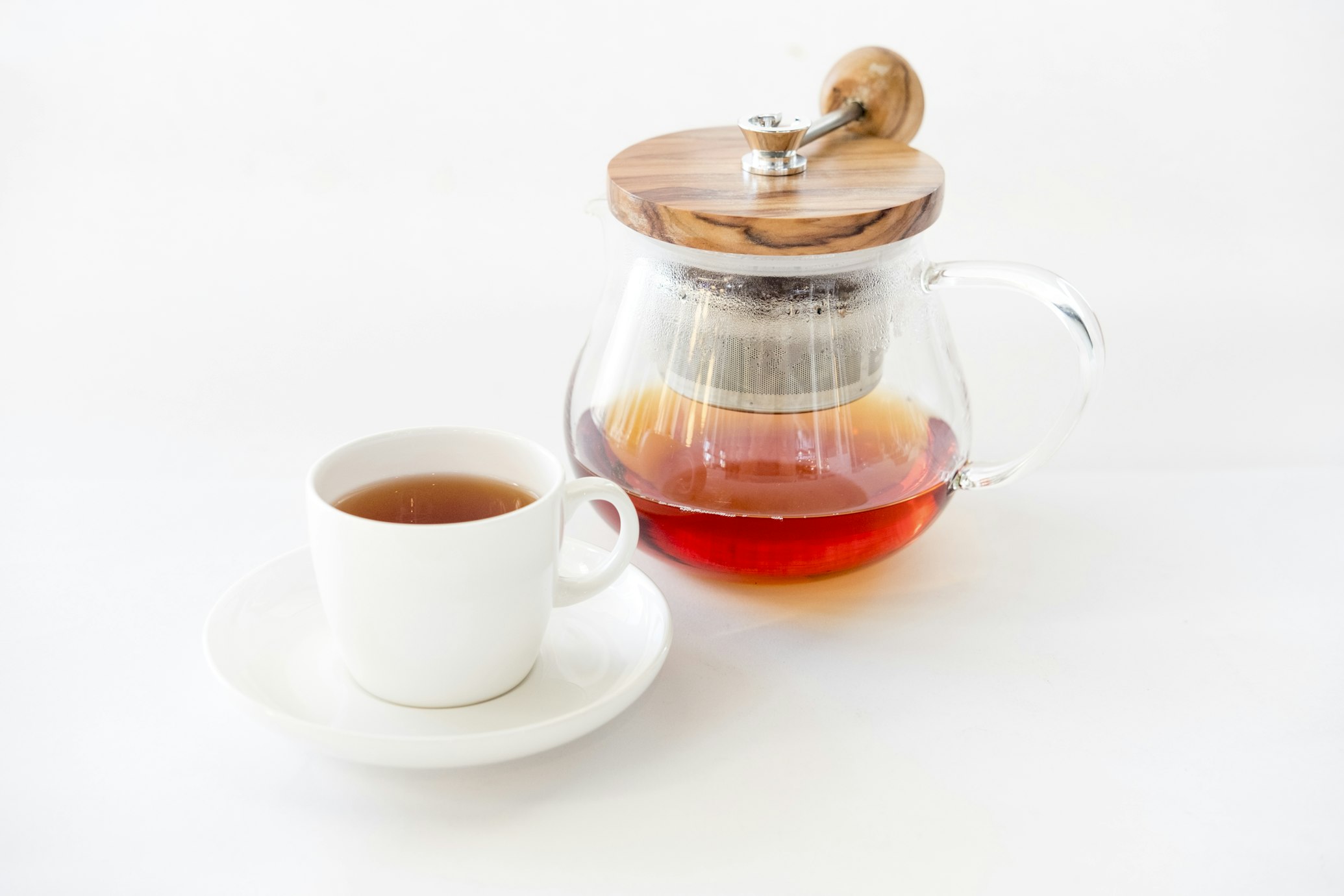Red clover (Trifolium pratense) is a small, short-lived perennial herbaceous plant that graces Europe, western Asia, and parts of Africa with its presence. Its delicate pinkish-purple flowers, rapid growth rate, and high nutritional value make it a fascinating botanical gem. Let’s explore the wonders of red clover and uncover its surprising benefits.
A Closer Look at Red Clover
- Appearance: Red clover stands out with its reddish round flower head composed of numerous tubular-shaped flowers.
- Fodder for Animals: Due to its rapid growth, red clover serves as valuable fodder for livestock.
Red clover (Trifolium pratense) is more than just a common wild plant; it harbors a wealth of health benefits that have been tapped into for centuries through traditional medicine. Rich in isoflavones, a type of phytoestrogen, red clover presents a natural alternative for various health conditions, particularly those related to menopause and bone health. Let’s delve deeper into the potential benefits of red clover and the science behind them.
Bone Health Enhancement
- Osteoporosis Risk Mitigation: The transition to menopause can be a critical period for women’s bone health. Decreasing estrogen levels are associated with a reduction in bone mineral density (BMD), increasing the risk of osteoporosis. Red clover’s isoflavones have a structure similar to estrogen and can act as natural estrogen mimetics, potentially buffering against these declines in BMD.
- Research Insights: Studies on red clover extract’s effect on bone health offer mixed results. Some evidence suggests that taking red clover extract can lead to improvements in BMD, particularly in postmenopausal women. However, other studies have reported minimal to no effect, highlighting the need for further research to establish more definitive conclusions.
Support Menopausal Health
- Combatting Hot Flashes: The discomfort of hot flashes and night sweats can significantly affect the quality of life for menopausal women. Red clover, with its high isoflavone content, has been examined for its potential to mitigate these symptoms. Research indicates that daily doses ranging from 40–80 mg of red clover extract could reduce the frequency of hot flashes by 30–50% among women experiencing severe symptoms.
Traditional and Contemporary Uses
- Skin Health: Traditionally, red clover has been applied to treat various skin disorders. Its anti-inflammatory properties are thought to contribute to its efficacy in improving skin health and addressing conditions such as eczema and psoriasis.
- Supporting Women’s Health: Beyond menopausal symptom relief, red clover has been historically used to aid in managing menstrual discomfort and hormonal imbalances. Its phytoestrogenic effects are believed to offer a natural way to support women’s health through different life stages.
- Respiratory Ailments: From asthma to whooping cough, red clover has served as a herbal remedy for respiratory problems. Its expectorant properties may help clear the airways, though scientific evidence supporting these uses is limited.
- Cardiovascular Benefits: Emerging research suggests that red clover may have cardiovascular benefits, including improving arterial flexibility and reducing the risk factors for heart disease, such as high cholesterol levels. Isoflavones in red clover are thought to play a role in these potential cardiovascular benefits, although more extensive studies are needed to fully understand the mechanisms and effectiveness.
Side Effects and Precautions
While red clover is generally considered safe for most people, it’s important to approach its use with caution, especially for those with hormone-sensitive conditions, due to its estrogen-like effects. Consulting with a healthcare provider before starting any new supplement regimen is advisable to ensure it’s appropriate for your health profile and won’t interfere with existing medications or conditions.
How to Incorporate Red Clover

- Tea: Brew a soothing cup of red clover tea by steeping dried leaves.
- Extracts: Liquid extracts or supplements offer convenience.
- Culinary Creativity: Experiment with red clover as an edible garnish or incorporate it into dishes for a touch of natural beauty
Sourcing Quality Red Clover
When seeking red clover, consider reputable sources like Mountain Rose Herbs. Their sustainably sourced red clover can enhance your well-being. Remember, while the flowers are captivating, their hidden benefits are equally enchanting.
In the tapestry of nature, red clover weaves its delicate threads, reminding us that even the smallest blooms hold secrets waiting to be discovered.



